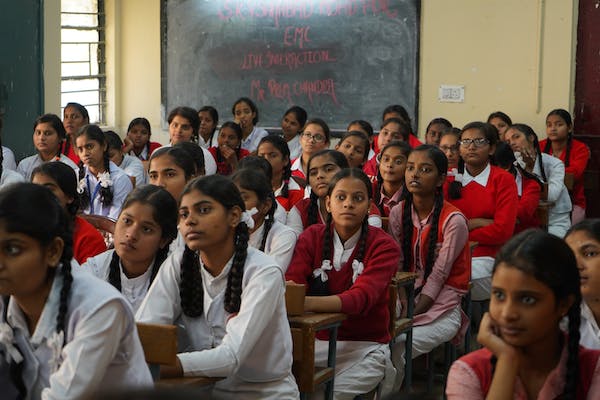Educational System, India vs Others
The Indian Education system is widely recognized as one of the most ancient education systems in the world, with a rich history dating back to the 5th century. Among the notable institutions that exemplify the educational system that existed in ancient India is Nalanda University, which stood as one of the largest and most prestigious universities globally. Over the course of its development, the Indian education system underwent significant influence from the British education system during the period of British invasion and rule. It was during this era that the UP Board, the first education board in India, was established in 1921. However, before the British influence, India boasted a Gurukula form of education system, characterized by its three-level structure.
In terms of structuring, the Indian education system follows a 10+2+3/4 model until the undergraduate level, distinguishing it from the generally observed 12+4 structure in many other countries, particularly in Europe. The Indian system places a strong emphasis on academic subjects, particularly in the fields of science, technology, engineering, and mathematics (STEM), where various efforts to bring in the arts or humanities field are ongoing to make it S.T.E.A.M. Traditional teaching methodologies often revolve around rote learning and performance in examination settings in our country whereas conversely, Western education emphasizes holistic development that transcends academic achievements. It prioritizes the cultivation of critical thinking, creativity, problem-solving skills, and personal growth.

Higher education in India is known for its highly competitive and rigorous nature, with examinations like JEE and NEET garnering significant prestige which is in contrast to the Western education systems that offer greater flexibility, allowing students to explore their interests and customize their education to a larger extent. After primary education, students are required to choose a specific stream and continue along that trajectory here, and to have a change in streams or fields of studies is often frowned upon. While this can aid in fostering career focus, it also limits students’ exposure to diverse disciplines. The other countries generally emphasize less on exam-centric evaluations. Although examinations remain a component of the education systems in these countries, assessments are often more comprehensive, encompassing various methods such as assignments, presentations, and group projects. The objective is to assess students’ overall understanding and application of knowledge.
Both the Indian and Western education systems possess unique strengths and drawbacks. The Indian system, for instance, tends to prioritize science and commerce, sometimes neglecting the significance of humanities and social sciences. Despite ongoing efforts to promote gender equality, the Indian education system continues to grapple with challenges related to gender disparity and limited accessibility to quality education in rural areas.
Nevertheless, a substantial number of Indian students opt to pursue higher education abroad due to various factors. These include the global recognition of foreign degrees, exposure to diverse cultures, financial aid opportunities, scholarships, and the perceived limited opportunities within India. Recent years have witnessed a significant surge in the number of Indian students studying abroad, with a record as high as 7.7 lakh students making this choice. Many are drawn to the comparatively less competitive academic environment and the chance to gain a fresh perspective on life.

Ultimately, the decision to study in India or abroad hinges upon individual choices and the factors influencing one’s educational journey. It is crucial to recognize that both options provide a foundation for a successful career. Attending a prestigious university, whether in India or a different country, does not guarantee employment. Instead, excelling academically, applying acquired knowledge, and effectively navigating career progression play pivotal roles in achieving professional success.
The Indian education system’s historical significance and evolution have shaped it into a formidable entity. However, it is important to acknowledge its limitations and ongoing efforts for improvement. Meanwhile, the allure of studying abroad continues to captivate Indian students, offering a broader spectrum of opportunities and experiences. Ultimately, individuals must evaluate their aspirations and circumstances when deciding between the two options, recognizing that success lies in making the most of the chosen path and applying acquired knowledge to real-world contexts.

Related Posts
Resilience and Recovery in Student Life
Search
Categories
Latest Posts
Popular Tags


